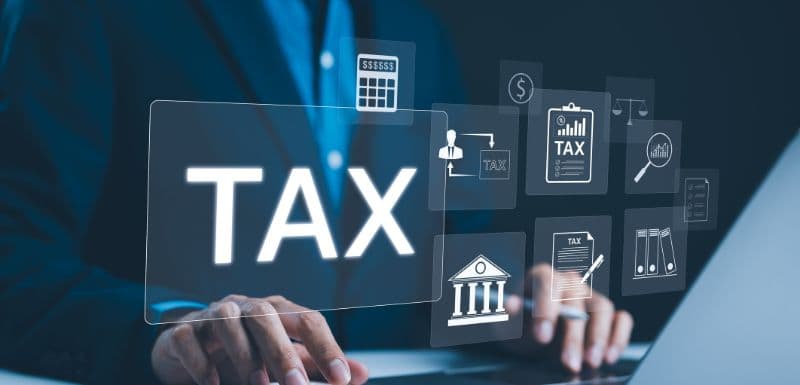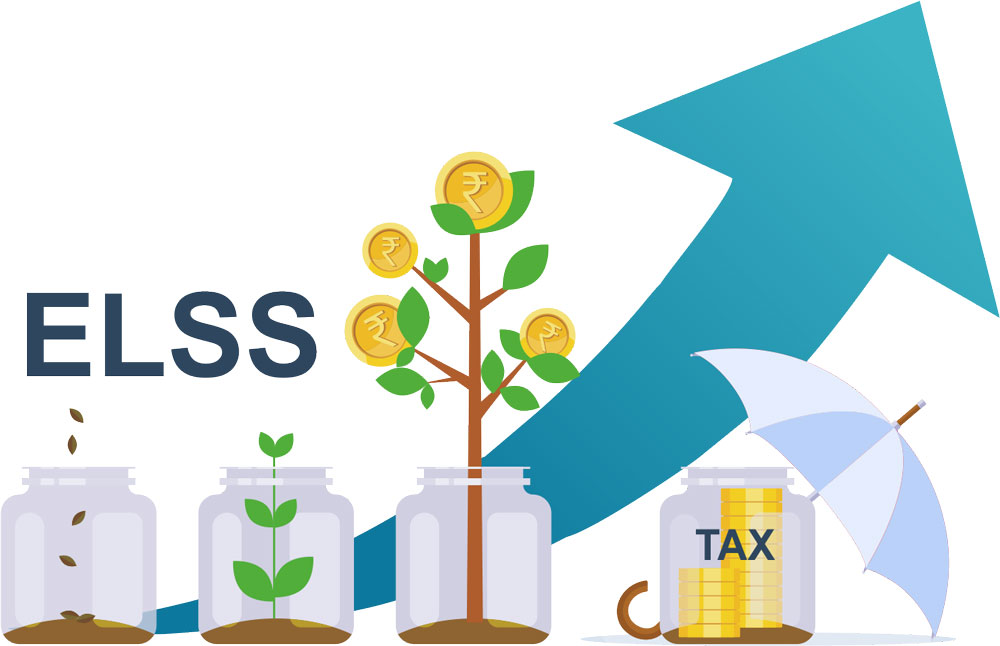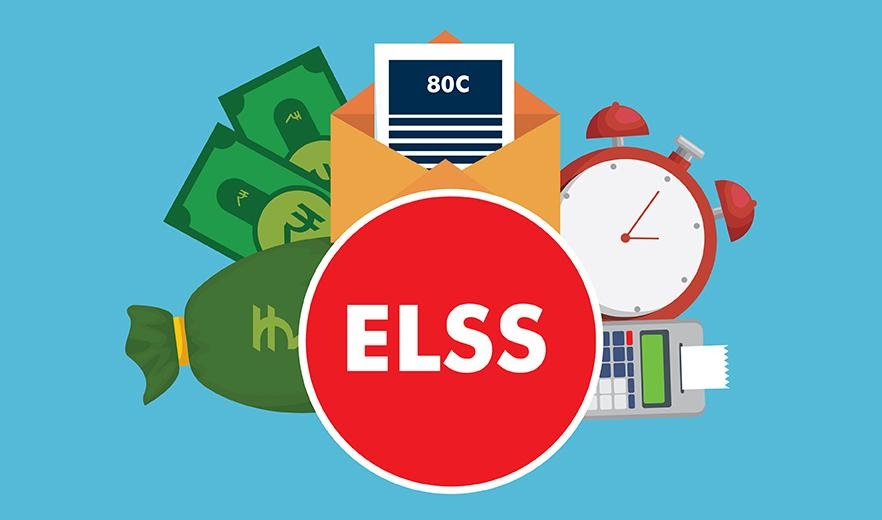3 Smart Tax Saving Tips for the Fiscal Yearend

There’s just one quarter left in the financial year, and you’re soon going to be inundated with ‘reminders’ from your company’s HR manager asking you for your tax saving proofs & declarations for the year! If you’re a Mutual Fund investor, you probably already know that for saving taxes, ELSS (Equity Linked Savings Schemes) Mutual Funds Sahi Hai! Here are three tips to keep in mind while investing into them.
Break it Up
Markets have been frustratingly volatile all of 2018 and will likely continue to be so at least until the general elections later in 2019. In fact, the bellwether NIFTY index has been virtually locked in a tight band of 10,000 to 11,000 for the longest time now. In a scenario like this, you may unluckily wind up investing your entire tax saving amount at an interim peak, and this may hamper your 3 year returns from your in investment. To avoid this, break up your target amount into several tranches and invest via weekly or fortnightly SIP’s or STP’s instead.
Consider NPS (National Pension Scheme) Too
The NPS architecture may have its flaws, but it has been through a lot of reforms lately. For one, you may now take your equity allocation all the way up to 75% (instead of 50%), and this bodes well for your long-term returns. Withdrawals have been made more tax efficient as well. Once you’ve fulfilled your 1.5 Lakh 80C limit with ELSS Funds, you may want to allocate a further Rs. 50,000 to an NPS account in order to claim a further deduction under section 80CCD.
For Next Year, Start a SIP (Systematic Investment Plan) in an ELSS
In 2019-20, why not avoid the yearend rush altogether? Simply out your tax savings on auto pilot by starting a SIP of the requisite amount in a top ranked tax saving mutual fund. Not only will this be so much easier on your pocket, it’ll help you average your purchase costs through the ups and downs of the equity market too. No longer will you have to worry about investing at a cycle peak or scrounging together funds in January 2020! For tax saving, SIP’s in ELSS Mutual Funds Sahi Hai!
Your Investing Experts
Relevant Articles
Benefits of ELSS Investment for the Salaried Class
If you're a salaried professional looking to save tax while growing wealth, Equity Linked Savings Schemes (ELSS) might be your ideal match. ELSS funds offer tax benefits under Section 80C and come with a shorter lock-in period than most other tax-saving instruments. But their real strength lies in long-term wealth creation, especially when invested in through SIPs. Here’s how ELSS can play a strategic role in your investment plan.
Factors To Consider Before Investing in ELSS
Investing in equity linked savings schemes (ELSS) is a popular way to save money and grow wealth. ELSS Mutual Funds provide tax saving benefits, along with the potential to earn higher returns than some other investment options. However, before investing in ELSS fund, there are several factors that should be considered.
Here's Why ELSS Investment is Better Than PPF & NSC
Read this blog to learn why ELSS is better investment option than PPF & NSC. Besides tax savings, it offers capital appreciation. To know more ELSS mutual funds, visit FinEdge now!
.png)
.jpg)

